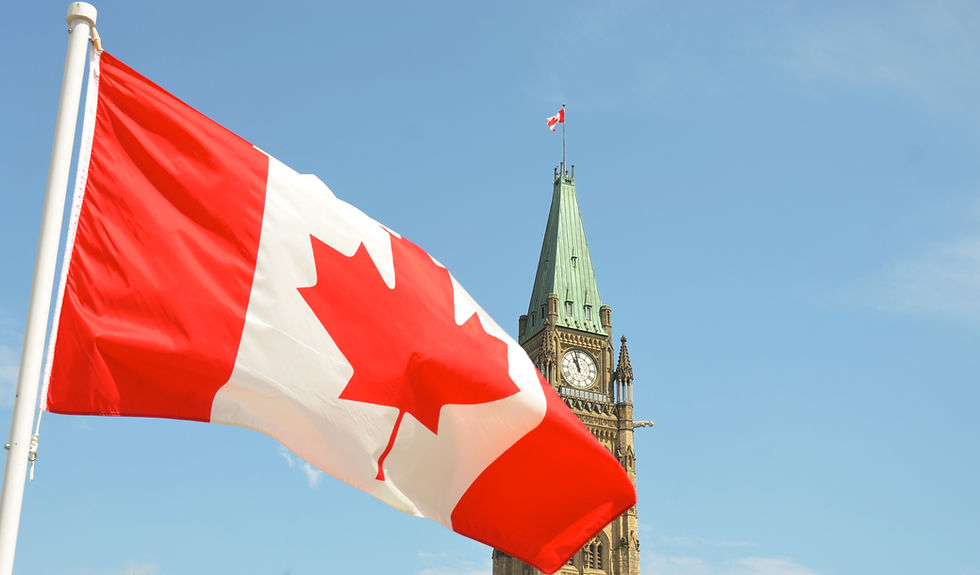
OTTAWA - Immigration Refugee Citizenship Canada (IRCC) has unveiled the Government of Canada’s Immigration Levels Plan for 2023-2025 resulting in a massive increase in the number of immigrants entering Canada, with an aim to welcome 465,000 new permanent residents in 2023, 485,000 in 2024 and 500,000 in 2025. Ottawa's decision is aimed at addressing critical labor shortages across the country. With this announcement, the Canadian government broke its previous record that welcomed 405,000 immigrants in 2021 and is looking to welcome 432,000 immigrants by the end of this year.
Immigration Minister Sean Fraser revealed the new plan emphasizing admitting more permanent residents with in-demand work skills and experience, in addition to more-modest targets for family members and refugees. It's important to note that the Immigration Levels Plan acts as a guide for the number of immigrants Canada intends to issue permanent residence each year. Most of these newcomers are expected to arrive through economic class programs like Express Entry (FSW, CEC, FST) and Provincial Nominee Programs (PNP), they are expected to fill one million jobs currently lying vacant across various sectors of the economy.
The following table summarizes Canada's immigration targets between 2023-2025 by immigration class:
Immigration Class | 2023 | 2024 | 2025 |
Economic | 266,210 | 281,135 | 301,250 |
Family | 106,500 | 114,000 | 118,000 |
Refugee | 76,305 | 76,115 | 72,750 |
H&C | 15,985 | 13,750 | 8,000 |
Total | 465,000 | 485,000 | 500,000 |
While most immigration classes will see a jump in the number of newcomers, Canada aims to reduce the number of approvals for cases received under Humanitarian and Compassionate grounds from 15,985 in 2023 to 8,000 in 2025, and Refugees from 76,305 in 2023 to 72,750 in 2025.
Canada is home to one of the world's oldest populations in addition to the world's lowest birth rates which results in economic and fiscal pressures on the economy with low rates of the labor force and economic growth. Lower economic growth makes it hard for Canada to raise the taxes needed in order to support services such as education, health care, and other important areas that provide high living standards in the country. As a result, Canada has been increasing its immigration levels since the late 1980s to increase its rate of population, labor force, and economic growth. Canada now depends on immigration for the majority of its population and labor force growth and a larger share of its economic growth.

Comments